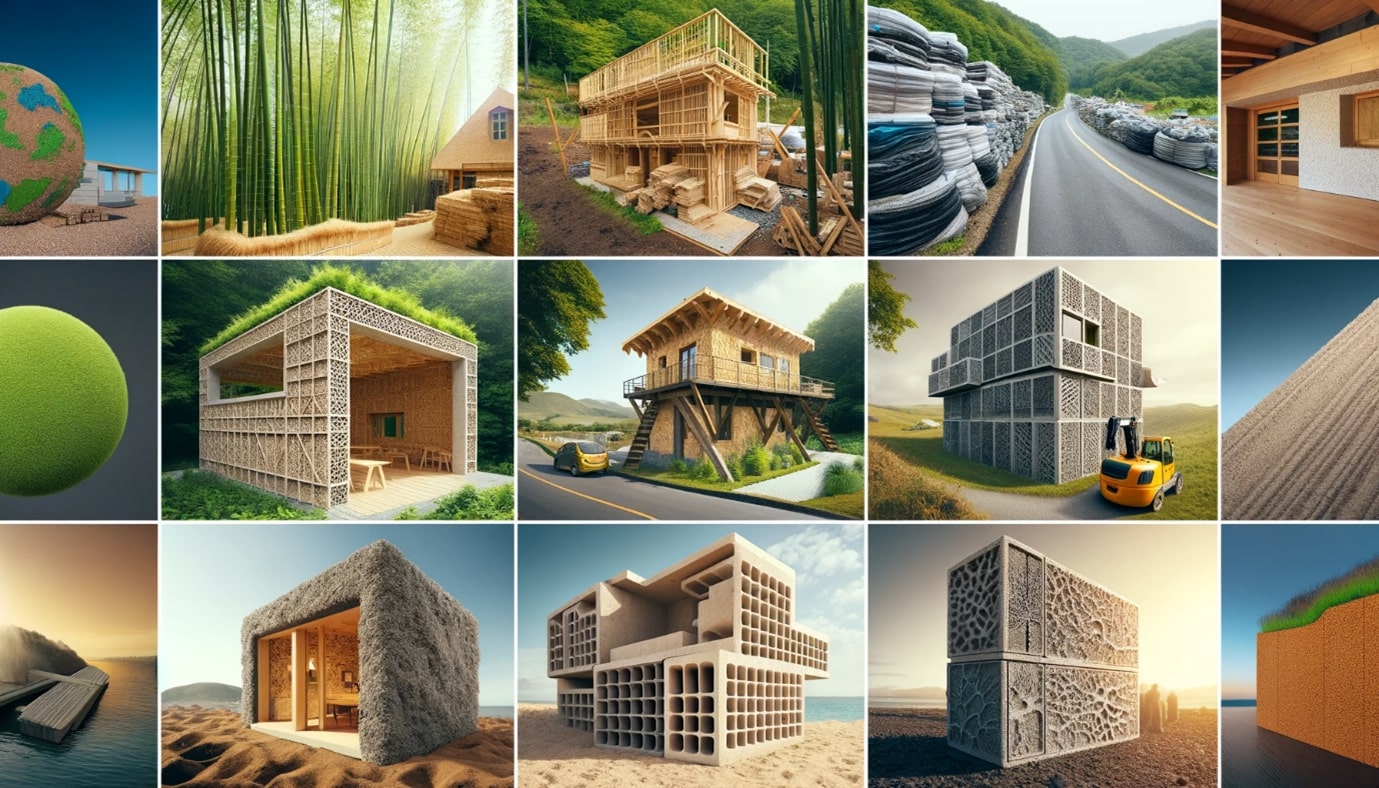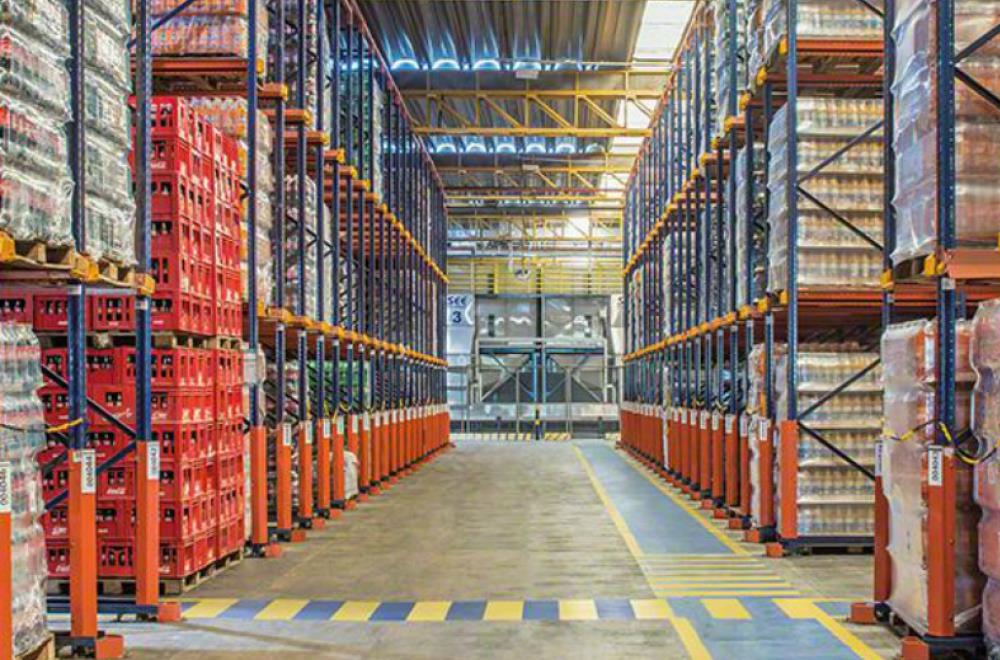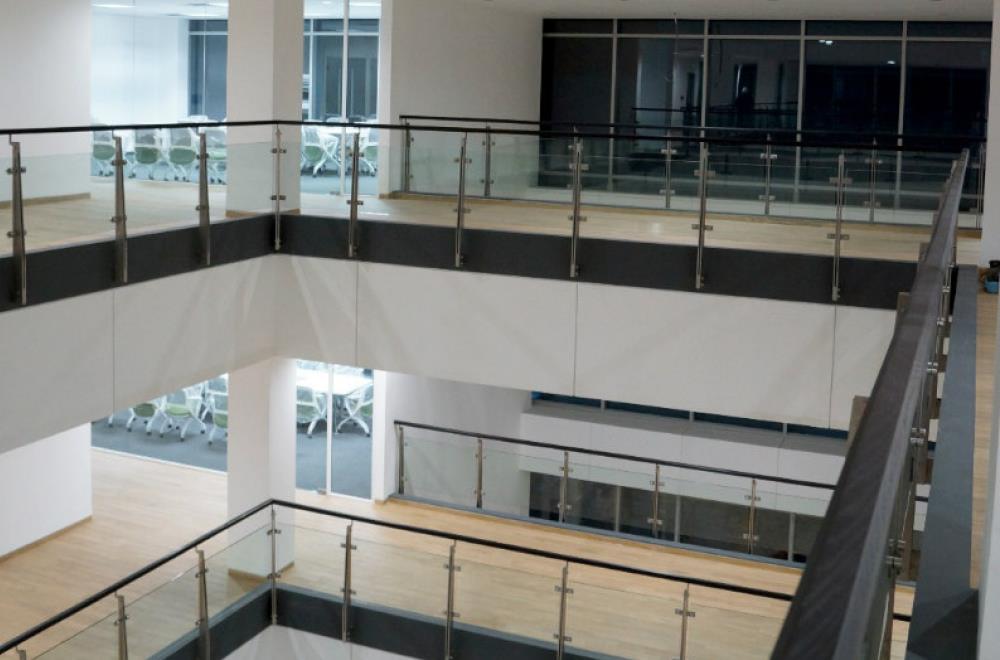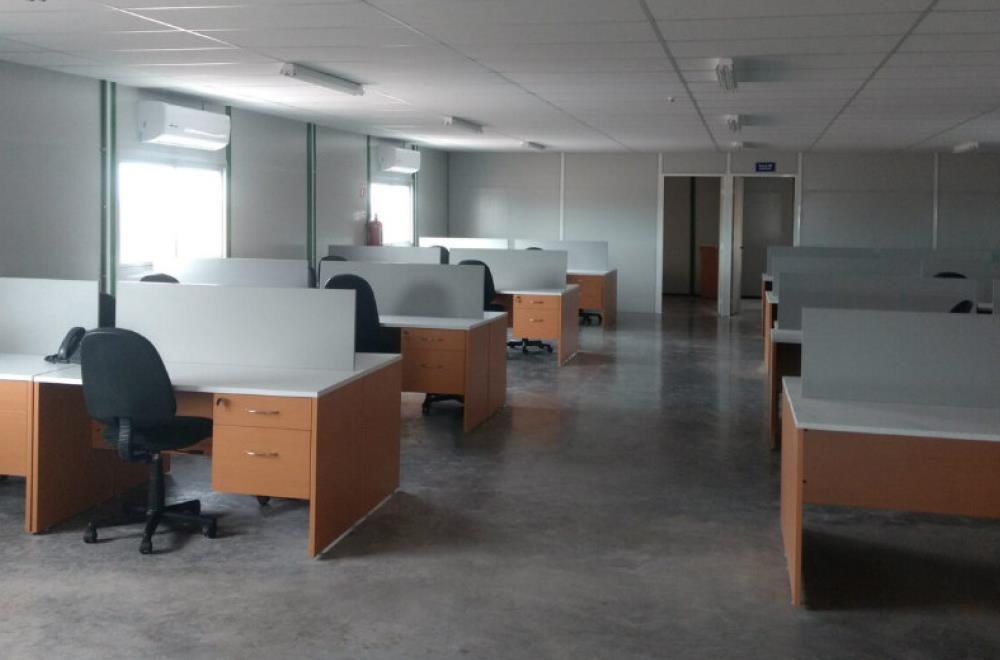
The construction industry is a major player in environmental impact, consuming vast resources and generating significant waste and emissions. But a shift toward sustainability is on the horizon, with groundbreaking eco-friendly materials beginning to redefine the standards for building practices. This blog delves into the materials that are making the construction sector more sustainable and environmentally friendly.
Bamboo is rising as a star in construction due to its rapid growth, sustainability, and strong structural qualities. Unlike traditional hardwoods that take decades to mature, bamboo reaches full growth in just a few years. Its high strength-to-weight ratio makes it ideal for flooring, paneling, and even structural components. Bamboo's ability to absorb carbon at an accelerated rate also aids in reducing atmospheric CO2 levels, enhancing its appeal as a sustainable material.
The construction industry is turning the global plastic waste crisis into an opportunity by utilizing recycled plastics. These materials are being crafted into bricks, panels, and even road surfaces. Not only are they lightweight and durable, but their resistance to water and pests makes them highly versatile. Using recycled plastic helps diminish the reliance on new, virgin materials and lowers the environmental footprint of construction projects.
made from hemp's woody core and a lime-based binder, is a standout for insulation due to its light weight, excellent insulative properties, and moisture regulation. While it's not structurally load-bearing, hempcrete is ideal for walls, floors, and roofs, offering fire resistance and pest resistance, which bolsters its sustainability profile.
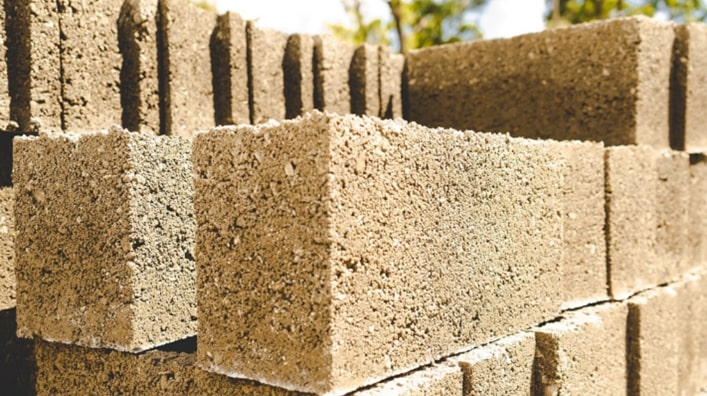
Ferrock utilizes recycled materials like steel dust and glass to create a stronger alternative to traditional concrete. This innovative material absorbs carbon dioxide as it hardens, not only reducing environmental impact but also improving strength. Its carbon-negative qualities make Ferrock a compelling choice for foundational and structural applications in sustainable building.
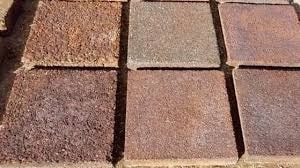
Mycelium, the root structure of fungi, combined with agricultural waste, forms biodegradable building blocks that are both sturdy and sustainable. These blocks, once air-dried, offer strength and fire resistance, providing an eco-friendly option for insulation and decorative interior elements.
Rammed earth construction compresses a mixture of soil, clay, and natural fibers into dense, durable walls. This ancient technique is regaining popularity for its excellent thermal mass and local material use, minimizing environmental transport impacts and enhancing building efficiency.
The movement towards eco-friendly materials in construction is reshaping the industry, offering ways to conserve resources, manage waste, and improve building sustainability. As these materials become more mainstream, they hold the potential to turn construction into a model for environmental responsibility across industries.
